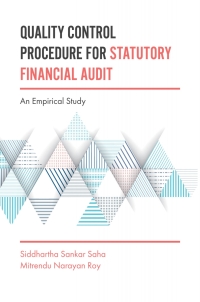Question
Ritz Company had the following stock outstanding and Retained Earnings at December 31, 2015: Common stock (par $1; outstanding, 520,000 shares) $ 520,000 Preferred stock,
| Ritz Company had the following stock outstanding and Retained Earnings at December 31, 2015: |
| Common stock (par $1; outstanding, 520,000 shares) | $ | 520,000 |
| Preferred stock, 8% (par $10; outstanding, 21,200 shares) | 212,000 | |
| Retained earnings | 902,000 | |
| On December 31, 2015, the board of directors is considering the distribution of a cash dividend to the common and preferred stockholders. No dividends were declared during 2013 or 2014. |
| Three independent cases are assumed: |
| Case A: | The preferred stock is noncumulative; the total amount of 2015 dividends would be $32,000. |
| Case B: | The preferred stock is cumulative; the total amount of 2015 dividends would be $32,000. Dividends were not in arrears prior to 2013. |
| Case C: | Same as Case B, except the amount is $77,000. |
| Required: | |
| 1-a. | Compute the amount of dividends in total payable to each class of stockholders if dividends were declared as described in each case. |
| 1-b. | Compute the amount of dividends per share payable to each class of stockholders if dividends were declared as described in each case.(Round your answers to 2 decimal places.) |
Step by Step Solution
There are 3 Steps involved in it
Step: 1

Get Instant Access to Expert-Tailored Solutions
See step-by-step solutions with expert insights and AI powered tools for academic success
Step: 2

Step: 3

Ace Your Homework with AI
Get the answers you need in no time with our AI-driven, step-by-step assistance
Get Started


